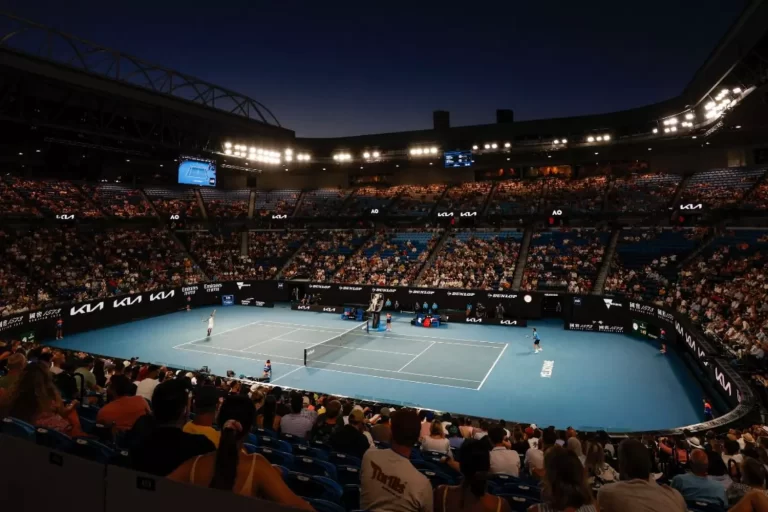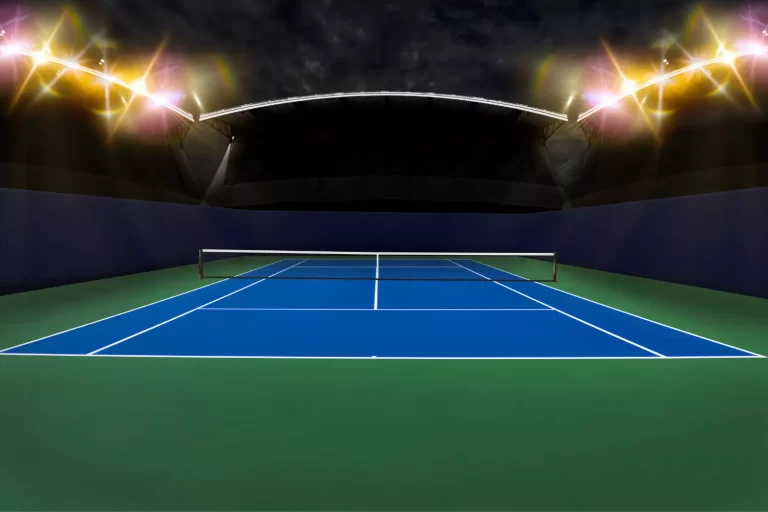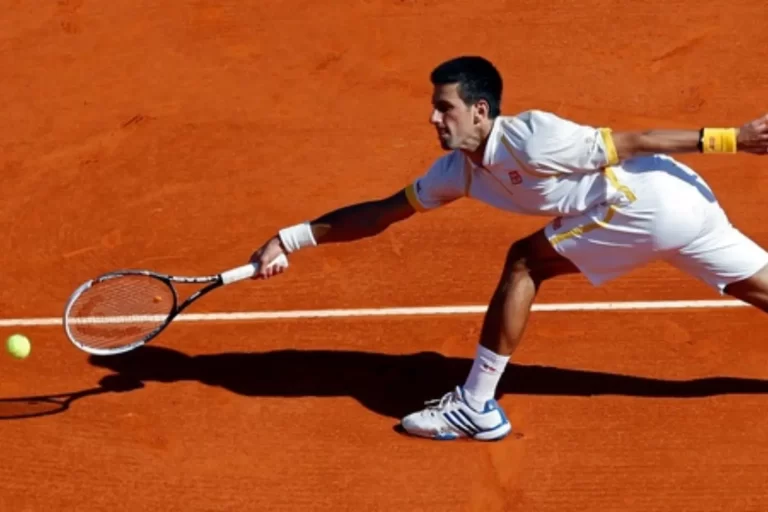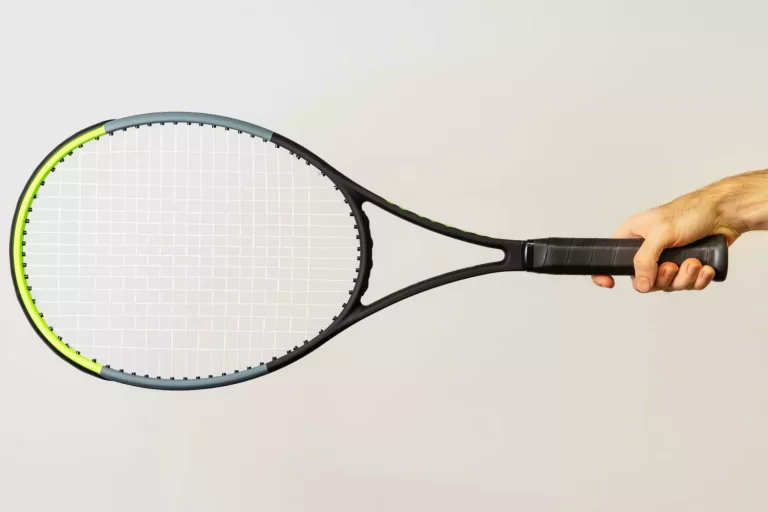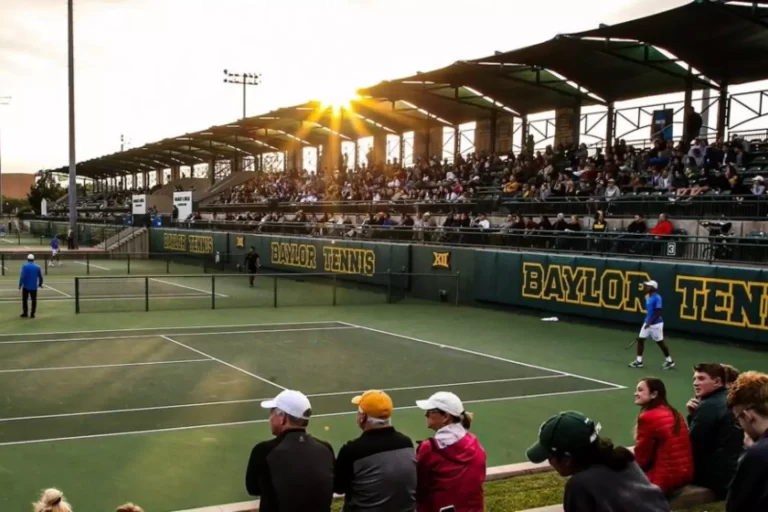What Does Hindrance Mean In Tennis?

What is a hindrance in tennis, and how did Novak Djokovic earn that point-losing call in Wimbledon 2023?
Djokovic grunted loudly and extended while returning a ball against Jannik Sinner in yesterday’s Wimbledon semi-final. Sinner won the point after Djokovic was called out for hindrance by the chair umpire.
What is Hindrance in Tennis?
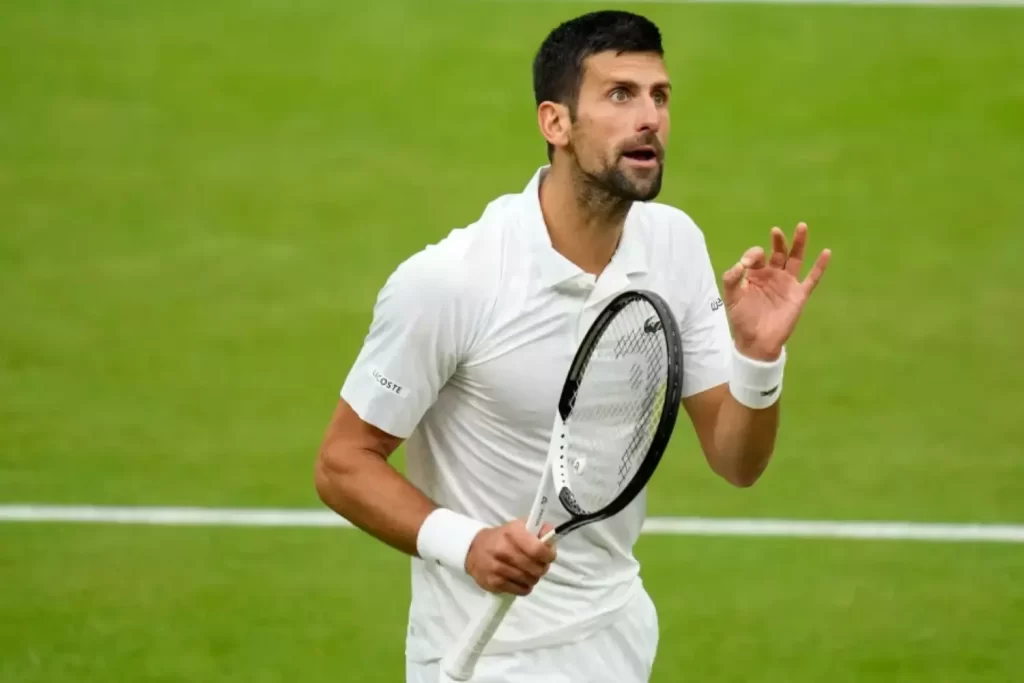
Hindrance is perhaps the trickiest rule to grasp out of all the rules. Hindrances are anything that prevents a player from playing a shot.
Understanding that the hindrance rule isn’t an exact science is essential. The rule may be interpreted differently by each umpire, and even the same incident may be interpreted differently by two umpires. As a result, the hindrance rule often causes considerable controversy during tournaments.
It showcases Djokovic’s mental strength that he didn’t allow yesterday’s umpire’s bad call to negatively affect his game in the Wimbledon semi-final.
We’ll explore what constitutes a hindrance in this blog post in order to better understand it.
Grunting
The hindrance rule is violated if you make a loud noise when retrieving a ball that interrupts your opponent’s shot.
Unintentional hindrances such as grunting will usually be replayed. Grunting excessively to distract your opponent can, however, be considered an intentional hindrance, and you may be penalized.
External Noises
Although players can control their on-court behavior, they cannot control external noises generated by the environment.
Noises generated by spectators cannot be considered a hindrance, preventing the player from claiming a let or the point.
It is possible to claim hindrance following the ringing of your opponent’s cell phone during a point, which could have been prevented.
Physical Movements
As it relates to physical movements, determining what constitutes a hindrance can be difficult. A player can generally move around while the server is preparing to serve, as long as it is natural to their style of play.
Deceptive movements can even be used to trick an opponent into believing the ball will go in a different direction. A hindrance is a movement that intentionally distracts the opponent, such as waving a racket or bouncing up and down.
You may enjoy reading How Tall Are Tennis Players?
What To Do When There Is A Hindrance
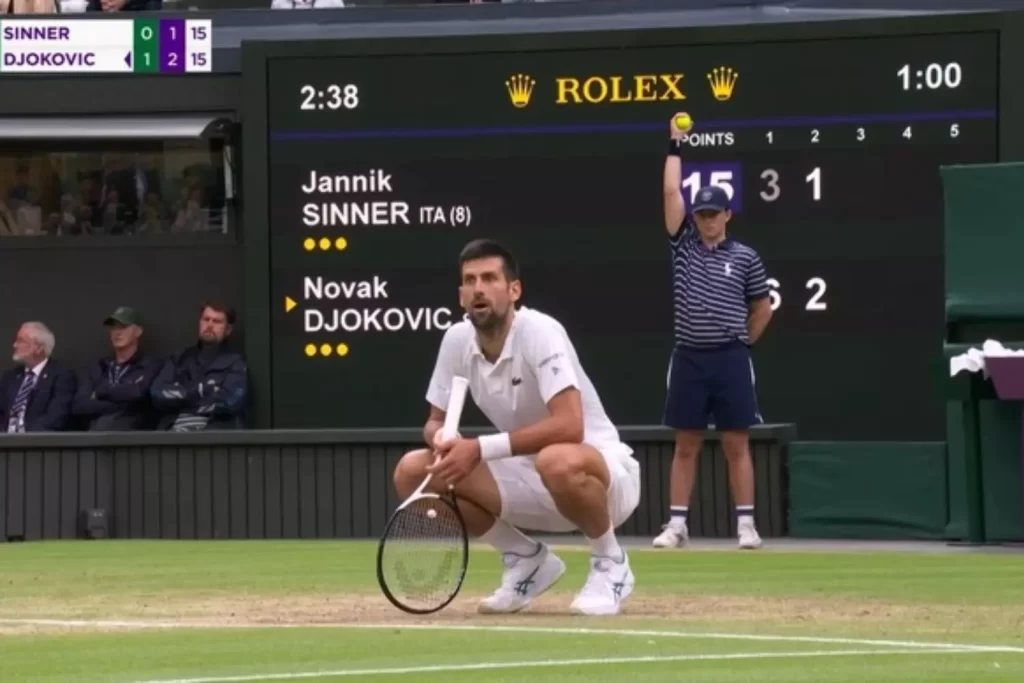
It is not possible to claim a hindrance as a hindrance later on if you deliberately decide to play the shot despite the hindrance. The umpire has the right to call a hindrance call if you stop playing the shot immediately due to the distraction.
It is only possible to claim a let if you were not hindered from making the shot. Suppose a ball rolls into your court as your opponent hits a powerful forehand out of your reach. You cannot call a let since you would have been unable to return the smash anyway.
You can maintain your focus and momentum in each match by recognizing and handling various types of hindrances. It is important to follow the proper rules and etiquette when playing tennis in order to have an enjoyable, fair experience.
How did Djokovic Cause a Hindrance?
The Wimbledon tournament rarely calls hindrance, so viewers may have been equally confused as Djokovic when the call was made. When Djokovic returned the ball to Sinner, he made a long grunt, which caused the hindrance.
It’s common for tennis players to grunt after a hit, but prolonged grunts that last through an opponent’s line-up will result in a warning that will lead to a hindrance call.
Djokovic once again grunted in response to Sinner’s hit, slightly delaying his grunt until the moment Sinner hit the ball. Djokovic was confused as Sinner was awarded the point. The 3-0 victory over Sinner secured Djokovic’s spot in the final.
You may enjoy reading What Is A Break Point In Tennis?
Types of Hindrance in Tennis
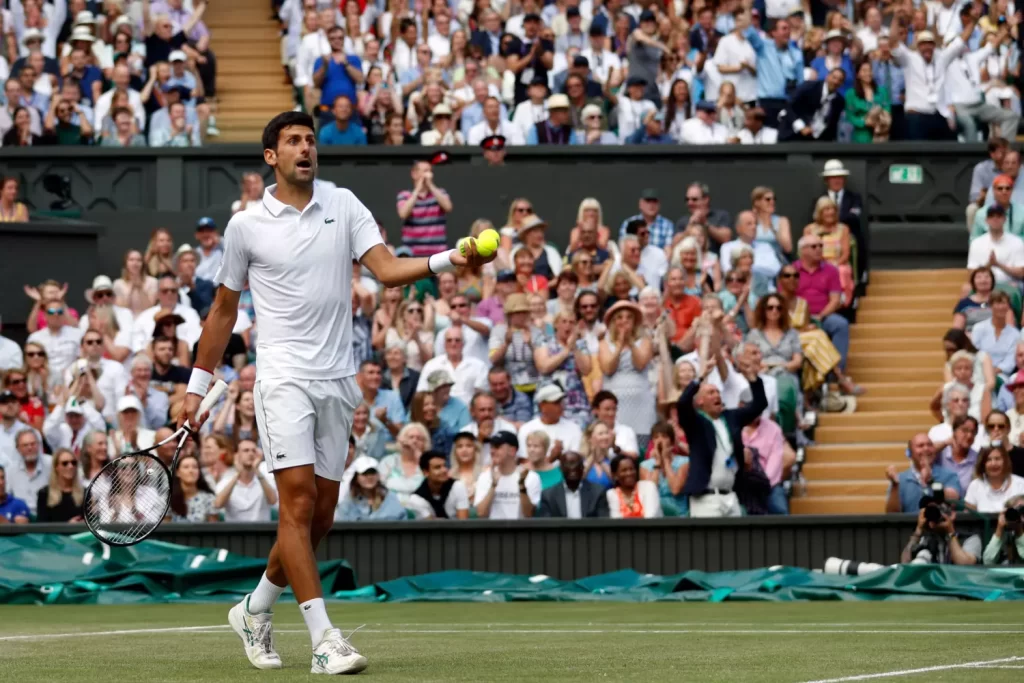
A tennis match can be adversely affected by various types of hindrances, and each can affect the result in a different way. We can categorize hindrances into the following categories:
Hindrance by the Server
The server hinders their opponent by disrupting them or distracting them in any way. The receiver’s ability to focus on the incoming serve could be hindered by excessive noise, sudden movements, or other actions.
Ensure a fair match by assessing and resolving server hindrances through umpires.
Hindrance by the Receiver
In contrast, a receiver may hinder a server by acting in a way that interferes with their concentration. Receivers can be delayed or behave erratically as a result.
A receiver’s behavior must be judged by the umpire to determine whether it constitutes a hindrance.
Other Forms of Hindrance
Tennis matches can be affected by hindrances other than those caused by the server and receiver.
In addition, external distractions, such as loud spectators or sudden movements around the court, can also interfere with the game. In order to maintain a fair game, it is important to recognize and address these distractions.
You may enjoy reading What Is A Walkover In Tennis?
FAQs
Can a player claim hindrance if they feel distracted by the audience during a serve?
If players believe external distractions, such as audience noise, are affecting their play, they can request the umpire’s intervention.
What penalties can be imposed for hindrance in tennis?
Depending on the severity of the offense, hindrance penalties can include warnings, point losses, or even disqualification.
Are there specific rules for hindrance in professional tennis tournaments?
To ensure a fair and competitive environment at professional tennis tournaments, strict rules and guidelines are in place to address hindrances.
How can players avoid unintentional hindrance during a match?
It is important for players to be aware of their actions and maintain respect for their opponents’ concentration and focus to avoid unintentional hindrance.
What is the role of sportsmanship in preventing hindrance in tennis?
Through fair play, respect, and compliance with the rules and regulations of the game, sportsmanship plays a significant role in preventing hindrances.
Conclusion
It is essential for players, umpires, and fans to understand what hindrance means in tennis. Embracing fair play, respect, and sportsmanship is at the core of this concept. On and off the court, tennis enthusiasts should uphold these principles.
Also, read How Do Tennis Tiebreakers Work?
